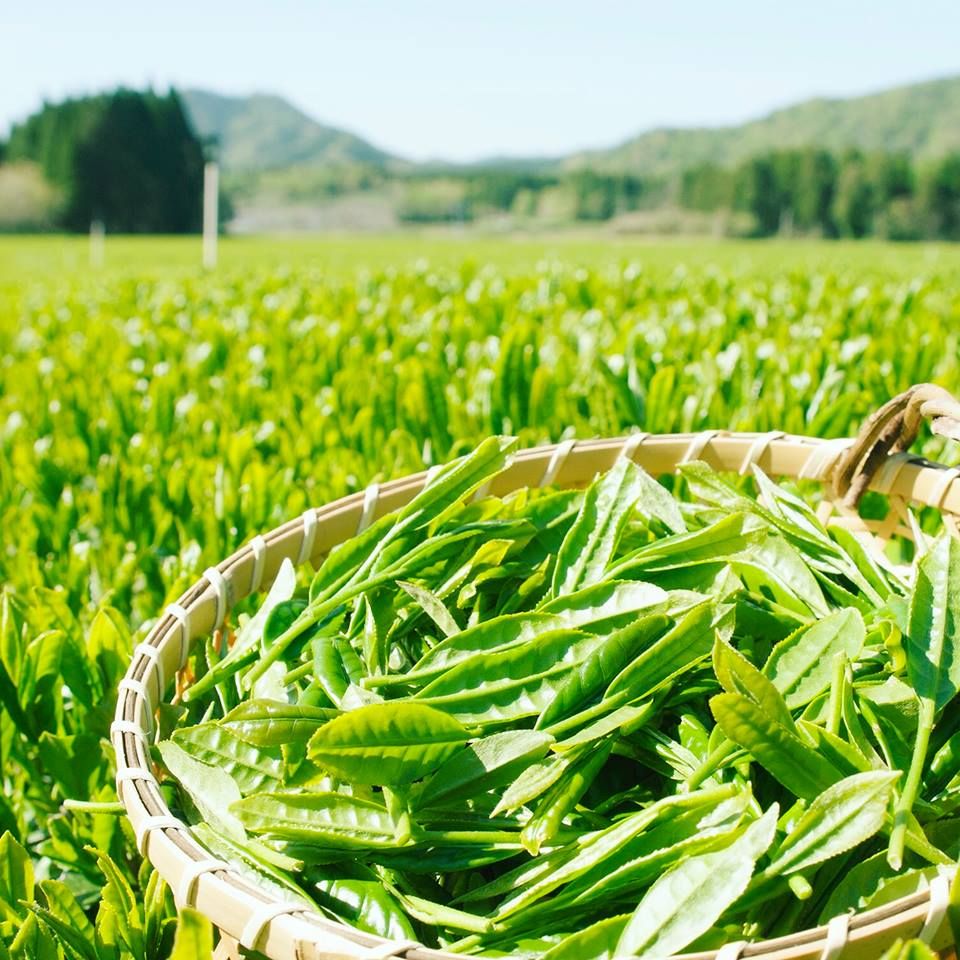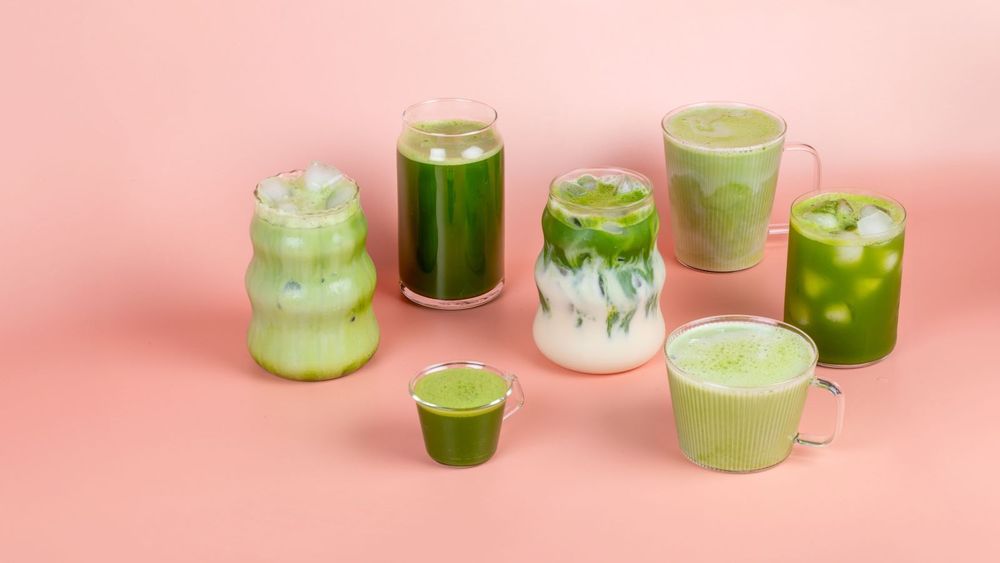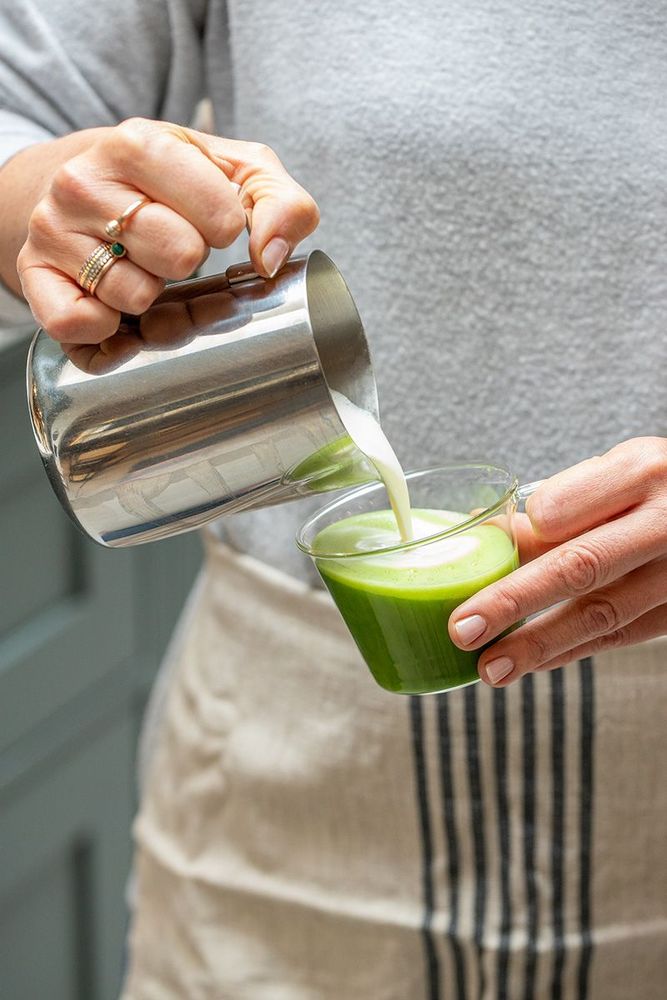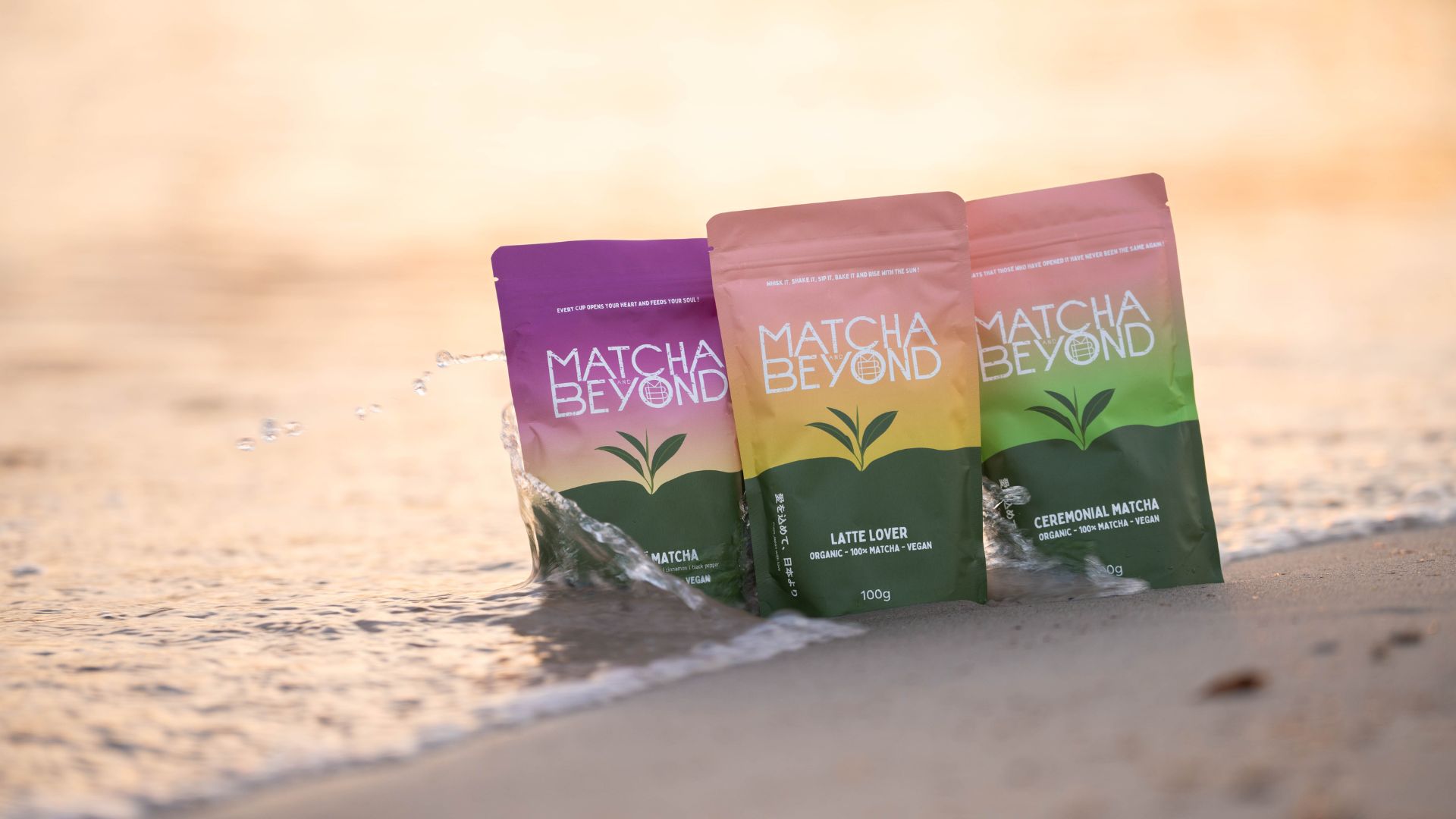Matcha 101
Whether you’re a matcha aficionado or are just curious about this popular healthy beverage, we’ve got all the info you need to know. Matcha is a type of green tea that originates in Japan and has become increasingly popular for its health benefits and delicious flavour. Matcha is a type of green tea made from the whole leaf, which is ground into a fine powder. Matcha’s taste can be a little surprising, with a creamy texture, and grassy undertones, the flavour can vary depending on the grades. Some Matcha will have some bitter notes while other grades will be sweeter with a nutty flavour.
From its health benefits to how to make the perfect cup, we cover everything you need to know to get started with matcha.
A little history:
Green tea has been consumed for centuries in Asia and is now gaining popularity in the Western world for its health benefits. Matcha was popular when Buddhist monks began to use the tea during meditation in the 8h century. The Japanese would eventually develop ways to turn the tea into a powder form, making it easier to prepare and consume. Due to its nutritional and medicinal benefits, the custom of drinking tea began to spread widely among the samurai and the monks. The proper tea ceremony was developed at a later stage 15th and 16th century. The ceremonial was developed as a composite art form that aims to expand and refine the spiritual nature of the tea ceremony itself and included the art of arranging seasonal flower or table manners.
Why is matcha different than other green teas?
The production of matcha green tea is a process that dates back centuries in Japan. Matcha comes from the same plant as green tea, camelia sinensis, but what makes matcha different from other green teas is that it hasn’t undergone the same withering and oxidation process. First, the green tea bushes are kept in the shade for about three weeks before the harvest; this step gives matcha its distinct flavour and provide a high source of antioxidant due to its high chlorophyll content. The process to make matcha is complex and begins with carefully selecting tea leaves from shade-covered fields. These leaves are then steamed, sorted and de-stemmed before they are dried and ground into a fine bright green powder: this is matcha! In addition to its beautiful colour, matcha also provides many health benefits because all the nutrients from the leaves can be absorbed when it is consumed as a hot beverage or baked into various recipes.
The amazing health benefits:
Drinking matcha is a powerful way to get antioxidants, chlorophyll, vitamins, and minerals into your daily routine. Matcha is an incredibly beneficial type of tea that has recently been gaining a growing reputation for its numerous health benefits. Unlike other types of green tea, matcha is made from grinding up the entire leaf of the Camellia sinensis plant and can provide drinkers with 100% of the nutrients contained in green tea leaves. Among some of the many reasons to add matcha to your routine, this special type of tea is known for containing 137 times more antioxidants than traditional green teas, helping to regulate cholesterol levels within the body, providing a source of catechins that promote healthy weight loss, and acting as an energy booster throughout the day.
Studies have shown that matcha may help increase energy levels throughout the day while providing a calming effect. Tryptophan found in matcha can also aid with sleep-related issues like insomnia and help reduce stress levels. Additionally, due to its high concentration of catechins, an antioxidant found in green tea, research has suggested that consuming matcha might lower the risk of some forms of cancer too.
Matcha also provides an extended boost of energy, helping one focus and stay more productive without being negatively impacted by a traditional caffeine crash. Therefore, making matcha part of your regular routine may lead to not only improved mental clarity but also better overall physical health.
Matcha preparation:
Matcha requires a unique preparation to create its signature flavour. While other beverages that uses powder as an ingredient require only mixing with liquid, matcha takes it a step further by whisking hot water to generate an enjoyable froth at the surface of the drink. The process of whisking also ensures that countless notes and aromas are brought out in each sip, giving matcha tea unparalleled in flavour experience when compared to other teas. See our tips to prepare the perfect matcha drink here.
How to incorporate matcha in your routine?
Matcha is a versatile ingredient that can be incorporated into various aspects of your daily routine. Start your day with an energy boost by adding it to your morning routine. Matcha has almost three times the amount of caffeine as its green tea cousin, making it an ideal drink for a jolt of energy. Besides enjoying a matcha tea or latte, you can also add matcha to recipes such as oatmeal, muffins, and smoothies. It is also worth noting that matcha is a versatile ingredient that can be added to recipes like cookies, cakes, pancakes, chocolate or ice cream to name a few. (more recipes) For a beauty pick me up, try incorporating matcha into a facial mask or soaking your feet in a relaxing matcha bath. There are endless ways to make matcha part of your everyday life and enjoy its unique flavour.
Matcha is a special type of green tea that has been around for centuries but only recently gained global recognition due to its health benefits and delicious flavour profile, one that is both grassy and sweet complemented with a slightly bitter after taste depending on the grades. This umami taste has been prized by Japanese tea connoisseurs for centuries. From boosting metabolism and energy levels to reducing bad cholesterol there are plenty of reasons why you should add this ancient beverage into your daily routine.







